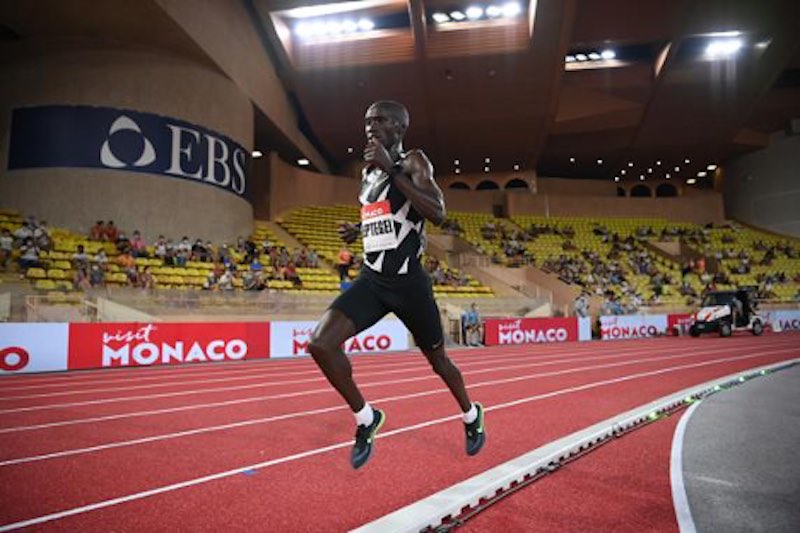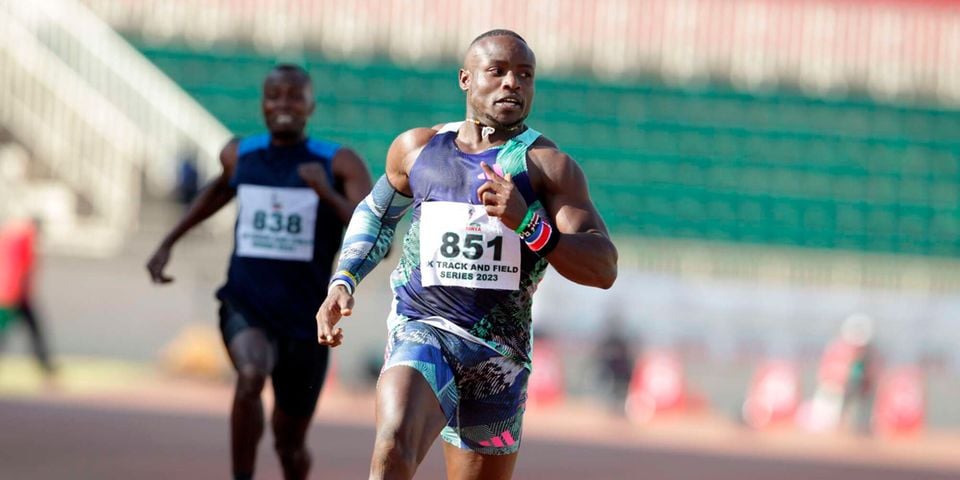It’s two months since Uganda’s Joshua Cheptegei broke the 10,000 m men’s world record as Ethiopia’s Letesenbet Gidey broke that of the women’s 5,000 m in Valencia.
The two runs set tongues wagging across the globe with many raising questions on technological advances in athletics.
Both athletes were led by a team of clock pacesetters that used wavelight technology –a guiding pace setting lights system that shows the world record pace.
Wavelight technology was first adopted by World Athletics two years ago and was first used FBK Games, an IAAF World Challenge meeting in the Dutch city of Hengelo.
The new technical dimension was used for the first time, with lights lining the inside edge of the track functioning as a sort of pacesetter moving around the track like in a wave-like motion.
The innovation has two values: one to enable the athletes to better target a specific pace or target time and, secondly, to add greater value to the spectator experience.
Over 400 LED lights are installed in the inside circumference of the track and set on a pace accurate to the millisecond, offering athletes the idea of the pace they are operating on, or need to chase, to clock particular times.
Since Cheptegei and Gidey broke the records, the debate has been ongoing on whether the records set under such circumstances should be ratified.
Most analysts say that the new technology is similar to that of Kenya’s Eliud Kipchoge used during Ineos Challenge in Vienna, Austria, last year, which is not an official world record.
Hellen Obiri, who two-time World 5,000m Champion, says the new technology is an unfair advantage to other athletes as most cannot have access to it.
“Let’s give athletes equal opportunity, because maybe some athletes cannot go to the race,” she told BBC Sport Africa.
“With wave light technology you don’t need to train 100 percent because you know there is something which is going to boost you [during the race].
“It is like you are doping I can compare those two, to me they are the same.”
Moses Kiptanui, who was the first man in the world to run 3,000m steeplechase under eight minutes, recently also criticized the technology saying records aided by Wavelight should be classified differently.
“The records should be classified differently. Records that were paced by human beings, records that were guided by wavelight and records came down through doping. The Valencia records should not be recognized,” said Kiptanui in an interview with Standard.
“Even in Safari Rally, you cannot allow another vehicle with a Turbo charger to participate with others without.
“We should not classify all races equally. Use of technology has no difference with doping,” concluded Kiptanui.
However, Moses Tanui, who was the first man to run half marathon under one hour, said athletes criticizing the technology should just adopt it.
“There are so many things happening is athletics nowadays. It’s like evolution of mankind. There is a revolution on technology. It’s changing faster,” said Tanui.
“The modification of shoes and the wavelight are giving sports a new look.”
Most of the arguments from the elites point out that the technology removes some of the human endeavour needed to break world records.
Indeed, one can’t compare former world record holders like Dibaba, like Bekele and the current world recorders.
If the Wavelight technology has to continue being used then it should not be thought of as purely a tool for elite athletes.
Club athletes can also find huge benefit in the product and even youngsters during their more formative years in the sport can be engaged.








